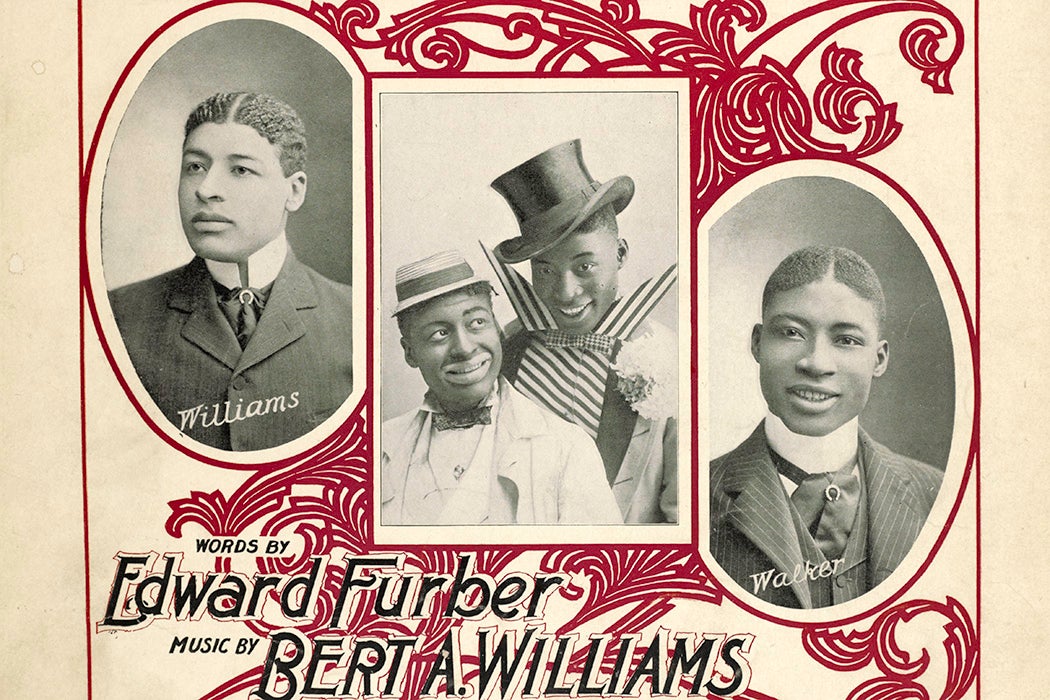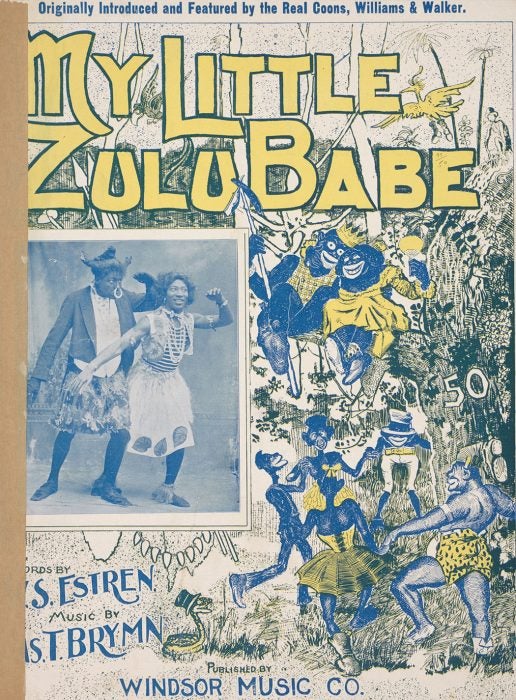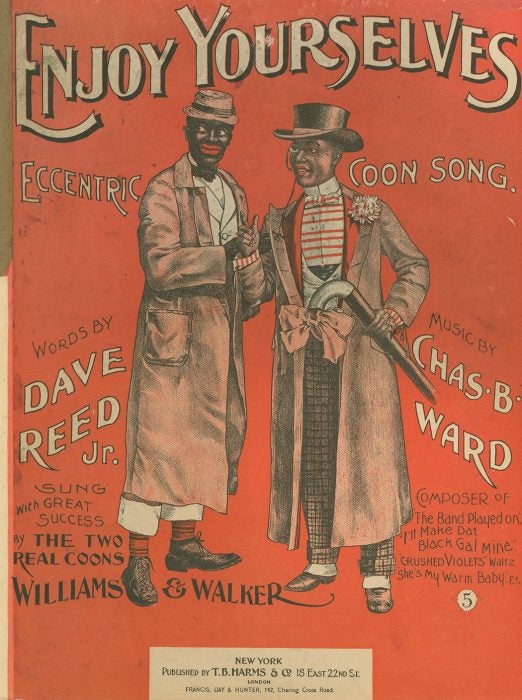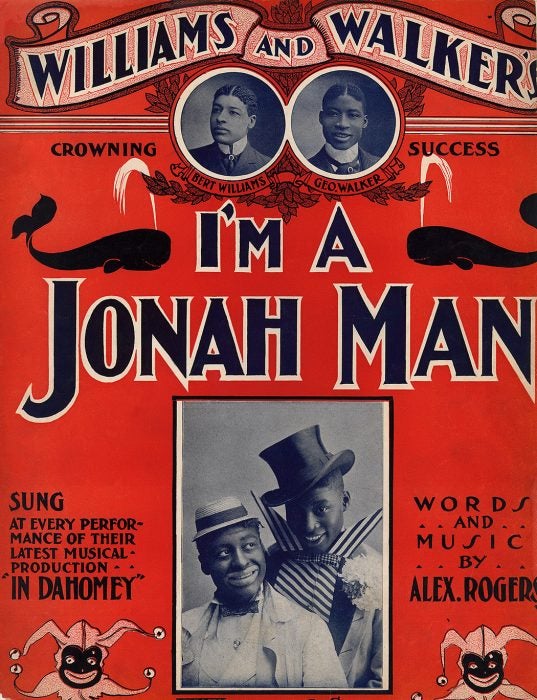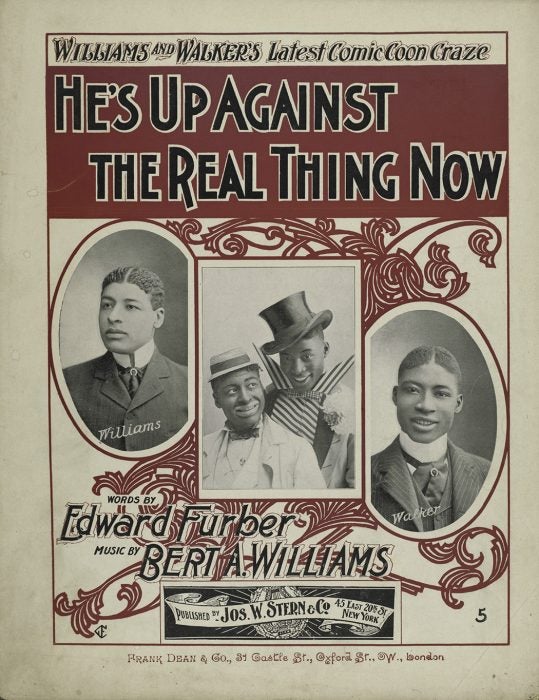August 1900 was the hottest month on local record. New York City was sweltering. The Tenderloin—between 20th and 53rd Streets west of 6th Avenue to the Hudson River—which had welcomed many African Americans coming north in the earliest waves of the Great Migration, was full of stoops stuffed with folks trying to beat the heat. In the early morning hours of August 13, twenty-year-old May Enoch was waiting on the corner of 41st Street and 8th Avenue to escort her boyfriend Arthur Harris home when she was grabbed by plainclothes police officer Robert Thorpe, who thought she was an illegal sex worker. Harris turned the corner, saw a White man in street clothes accosting his girlfriend and came in for the attack. Thorpe beat at Harris with a club, but Harris was quick to respond with two jabs of a knife. Realizing that things had gone too far and that they were a poor, Black couple with a White man’s blood on their hands, Harris and Enoch ran off. Robert Thorpe was dead within twenty-four hours.
Weekly Newsletter
Tension had long simmered beneath the surface in the Tenderloin, where the growing Black population challenged Irish-Americans who had settled in the area. After the death of Thorpe, who happened to be the son-in-law of the local police precinct’s captain, rumors and threats of violence bubbled throughout the Black neighborhoods. The night before Thorpe’s burial, the rumors became reality. Spencer Walters, an African American man, was walking through Thorpe’s old block when a fight broke out with Thomas Healy, a White man, though no one knows whether Walters or Healy was the instigator. White neighbors saw a Black man scuffling with a White man on their streets and the simmering tension boiled over.
Hundreds of people spilled from the neighboring tenements declaring an open hunt on African Americans. Saloons and bars were raided, the electric street cars on 8th Avenue were stopped so Black people could be pulled off and assaulted. Making matters worse, the police fell on the side of the rioters, ignoring the violence at best and leading it at worst.

A cry broke out across the White mob looking to attack any and all Black people who were deemed disruptors of the social order. “Get Ernest Hogan, and Williams and Walker, and Cole and Johnson!” the crowds shouted. In Black Manhattan, James Weldon Johnson claims the mob cried out for the only Black men who were household names. Both the race riot and those famous men have become historical footnotes, but they represented a Black Bohemia that flourished in New York before the Harlem Renaissance and a new type of self-determined, contradictory Black celebrity. The 1900 New York Race Riot began with police violence against a Black woman, but spiraled out to suppress a burgeoning community of Black creatives who were showing themselves to be outside of the strictures prescribed by a White society expecting deference.
One meeting place in particular was a site of pleasure and resistance. The Marshall Hotel was the Black-owned spot to see and be seen for a cognoscenti discovering and defining urban Blackness on the margins. Stylish Black poets and performers held court at the bar, cracking wise and plotting to take over Broadway. Known throughout the city, these multi-hyphenate singer-dancer-poets-performers represented a Black Bohemia that defined an era: a scene of performers, composers, and writers living on the margins of respectability, working together to shift popular culture towards sights and sounds that reflected their lived experiences. This sounds like a description of the Cotton Club or the Savoy, hot spots that defined the Harlem Renaissance, but Marshall’s predates those places by twenty years. August 1900 marked the rapid ascent of what Jonathan Daigle calls “The Marshall Circle,” and the violent White backlash that rose up to try and subdue their challenge to the status quo.
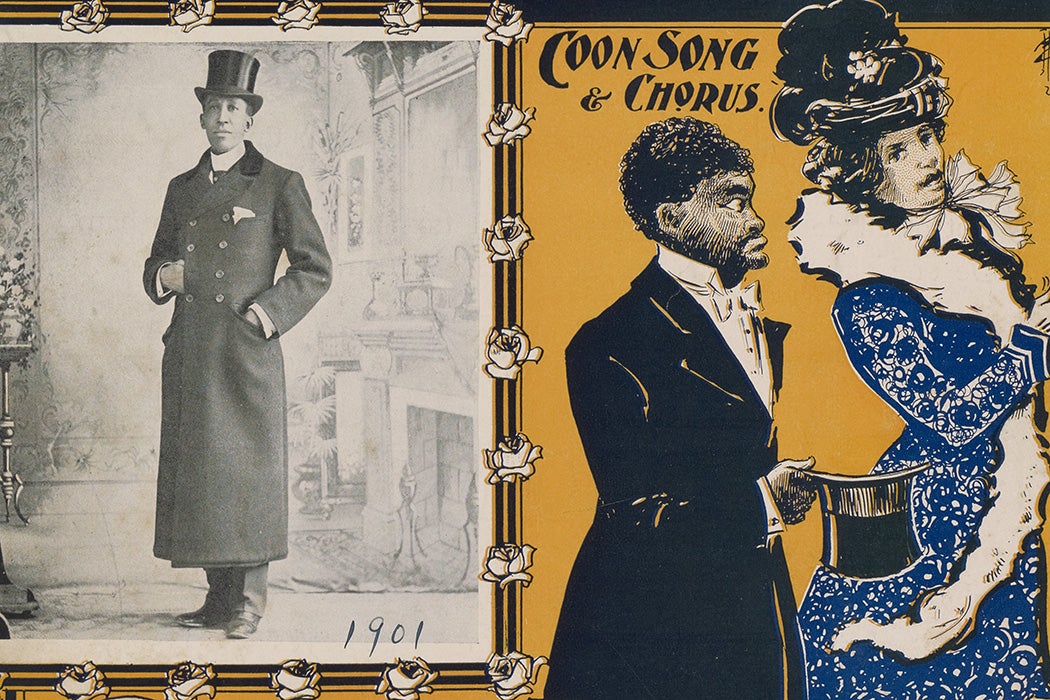
The Black creatives who hung out at the Marshall were defining an urban performance style that loosed them from the idealized plantation pastorals that blackface minstrelsy had made popular. Ernest Hogan, Bert Williams, George Walker, Bob Cole, and Billy Johnson all began their careers performing in blackface: Black men, painting their faces Black to transform into the White idea of bumbling, stumbling, comedic, rural caricatures. In the 1890s, a new type of character began filling the song-sheets and stages, that of the urban, dangerous, dapper Black man who wore the sharpest suits and carried even sharper switchblades. This new character reflected the lived realities of Black people who migrated to northern centers as post-Reconstruction refugees, as famously described in Paul Laurence Dunbar’s The Sport of the Gods, but also played deeply into already existing stereotypes about Black men as violent, lecherous, and outside the law. The songs and musicals of what is known as the “coon song craze” produced pieces so intensely popular that they enshrined the performers as the biggest celebrities of their day. The craze also marked a moment when White social consciousness grasped onto an idea of dangerous and alluring urban Blackness that has been encoded in popular American culture ever since.
The conflict between performers trying simultaneously to accurately reflect street life, while knowingly making money off White audiences hungry for stories of Black danger in some ways foreshadowed ongoing dichotomies marking Black popular music styles that make it to the mainstream of commercial culture, from the Blues to Hip Hop. As with those later genres, there was critique from White listeners who thought the music was a bad influence on young people and from Black listeners who agreed with W. E. B. Du Bois that “A rising race must be aristocratic; the good cannot consort with the bad.” Former minstrel performers who sought to reclaim and authenticate the performance of subaltern Blackness from White performers, like Williams and Walker did with their “Two Real Coons” act, were certainly not aristocratic, and while popular, were on the margins of Black respectability, as Black performers often performing with the same burnt cork painted faces as stereotyping Whites. Historian James Dormon writes that they were “blacks playing whites playing blacks,” but that the performer’s racial identity convinced audiences and critics that they represented the reality of Blackness, and that the reality was the “coon.”
The “Zip Coon” figure had been a minstrel show standard, the stock figure of a Black man who humorously tried to dress and speak above his station and was mocked for always coming up short. “Coon” had been a racial epithet since the mid-19th century, but in the course of their early stage careers in blackface minstrelsy, some Black performers began writing and performing music featuring gangster, “coon” figures. The term remained an epithet, however, existing in a similar controversial space as “n*gga” in today’s popular culture. This new configuration, the character populating coon-songs and musicals was dangerous not as a representative of Black people trying to gain respectability with fancy words and clothing like the “Zip Coon,” but of Black people defining their own urban identity through a counterculture built on masculine sexuality, violence, and flash. The most famous of the men presented themselves as stylish, urbane, erudite and often as consorting with and condescending to White people who in return were shocked at the challenge to the “natural” order of things. The audience conflation of performance with performers, however, came to a head in August of 1900, when the riot on the street fixed its focus on Black celebrities whose transgressive performance was perceived as representing their true, dangerous selves.
Williams, Walker, and Hogan were all reported to be victims of the mob brutality striking the Theater District that fateful August. The newspapers reported their attacks, but at the same time blamed the men for inciting violence simply by being unabashed and in the streets. Journalists spent more time commenting on the victim’s fashion choices than on their injuries, even when acknowledging that the mob was out of control and the police had done more to assist the violence than to stop it. In recounting one attack, the New York Sun wrote:
The mob had got after… one of those “sassy, chesty coons” who make enemies on sight. He was flashily dressed with his most distinguishing sartorial appointment being a white straw fedora with a red scarf wound around it. He waltzed down Ninth avenue with a cigar at an angle of 45 degrees in his mouth [as though] he was too much for the crowd.
This theme recurs throughout the reporting; while Black people were certainly portrayed as victims, they were also definitely seen as asking for it by dressing as they pleased and walking around with confidence.
In spite of the violence they endured, Hogan, Williams, Walker, and Cole continued to gain success, and imbued their work with political commentary and social criticism that spoke to Black audiences on levels that slipped the notice of White listeners. Paul Laurence Dunbar, who was also attacked, contributed to Williams and Walker musicals, commenting on colorism, colonialist capitalism, class politics. Their 1902 smash In Dahomey became so popular that the Royal Family of England requested a private performance. James Weldon Johnson and J. Rosamond Johnson would become Bob Coles’ writing partners, leading to a string of hits that reflected a new and deeper social awareness. While male performers were flash-points in the riot, there were integral female dancers, writers, and performers, like Aida Overton Walker and Abbie Mitchell Cook who were active partners in the creative process in Black Bohemia, and stars in musicals like In Dahomey and Bandanna Land.

The transition away from simplistic “coon songs” and towards more socially subversive material was not necessarily in reaction to the violence of the riot. It could be tied to the creative freedom that can come with commercial success, as part of the influx of new collaborators like the Johnson Brothers, or just through aging and political maturation. Nevertheless, the artists’ continued use of superficial language pulled from minstrel archetypes has made exploration and examination of African American musical theater in the 1890s-1910s difficult, as the layers of self-effacing puns and racial jokes that often provided protection for liberatory Black messaging remain off-putting.
Manhattan’s Black Bohemia has been overshadowed by the culturally foundational and more readily empowering Harlem Renaissance it preceded. By mid-1911 Walker, Cole, Hogan, and Dunbar had all died, short-lived celebrities of the first freeborn generation of African Americans. The lives they lived and the art they created represented a new but long-lasting paradox for Black performers who wanted to capture some of the rough and rowdy realities of urban life, but then had to deal with the response of White audiences who took the messaging to heart and used it as a lens to see all Black people, not as human beings but as performance stereotypes. When today’s hit rappers respond to criticism that their music glorifies street violence for the sake of record sales, it is part of a long narrative of Black popular music on the margins of respectability that traces back to the raucous bar of the Marshall Hotel.
Support JSTOR Daily! Join our new membership program on Patreon today.
